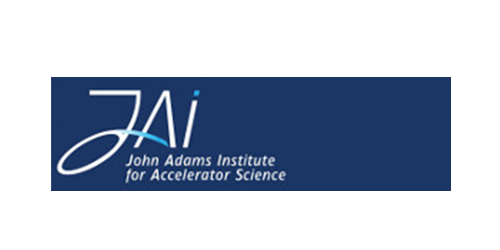Science and Technology Facilities Council (STFC)
Formed in 2007, STFC are a world-leading multi-disciplinary science organisation, with a goal to
deliver economic, societal, scientific and international benefits to the UK and its people – and more
broadly to the world. Our strength comes from our distinct but interrelated functions:
- Universities: we support university-based research, innovation and skills development in astronomy,
particle physics, nuclear physics, and accelerator science - Scientific Facilities: we provide access to world-leading, large-scale facilities across a range of
physical and life sciences, enabling research, innovation and skills training in these areas - National Campuses: we work with partners to build National Science and Innovation Campuses
based around our National Laboratories to promote academic and industrial collaboration and
translation of our research to market through direct interaction with industry - Inspiring and Involving: we help ensure a future pipeline of skilled and enthusiastic young people by
using the excitement of our sciences to encourage wider take-up of STEM subjects in school and
future life (science, technology, engineering and mathematics)
STFC support an academic community of around 1,700 in particle physics, nuclear physics, and
astronomy including accelerator science, who work at more than 50 universities and research institutes
in the UK, Europe, Japan and the United States, including a rolling cohort of more than 900 PhD
students.
The Cockcroft Institute (CI)
The Cockcroft Institute (CI) is a partnership between the Universities of Lancaster, Liverpool,
Manchester and Strathclyde, and STFC. The core membership comprises the accelerator physics and
engineering groups of the partner universities and the Accelerator Science and Technology Centre
(ASTeC) of STFC at Daresbury Laboratory.
The CI is the de facto national centre for accelerator R&D in the UK. The institute comprises just over
200 academics, professional accelerator staff, post-doctoral research associates, administrative
staff and PhD students, making it probably the largest of its kind in the world. Our activities include
world-class R&D in RF-based systems and novel methods of acceleration with major contributions
to the realisation of national and international accelerator facilities. Cross-cutting applications allow
this expertise to be used to address global challenges in health, security, energy, manufacturing and
the environment, and to train the next generation of accelerator experts in areas where there is a
recognised international skills shortage. We also inspire school students and the general public through
our extensive public engagement programmes.
The institute provides the intellectual focus, educational infrastructure and the essential scientific and
technological facilities for accelerator science and technology research and development. This enables
CI scientists and engineers to take a major role in innovating future tools for scientific discoveries and
in the conception, design, construction and use of the world’s leading research accelerators.
John Adams Institute (JAI)
The John Adams Institute for Accelerator Science (JAI) was created in October 2004 in response to
an initiative by the Particle Physics and Astronomy Research Council and the Council for the Central
Laboratory for the Research Councils (now merged into the Science and Technology Research Council)
to foster accelerator R&D in the universities.
The next generation of particle physics needs the next generation of particle accelerators. The John
Adams Institute is a UK and World leading research group dedicated to the research and development
of particle accelerators.
Particle Accelerators are the huge machines that boost particles, the smallest components of nature,
to speeds very close to the speed of light. Beams of these particles are collided, and in the wreckage
new strange particles emerge. By looking at what new particles come out and how they come out, we
can learn more about the structure of the universe itself.
Smaller particle accelerators also exist and these can have applications closer to home such as in
Archeology, Zoology and Medicine.
Further information can be found by visiting:
www.stfc.ukri.org
www.cockcroft.ac.uk
www.adams-institute.ac.uk


